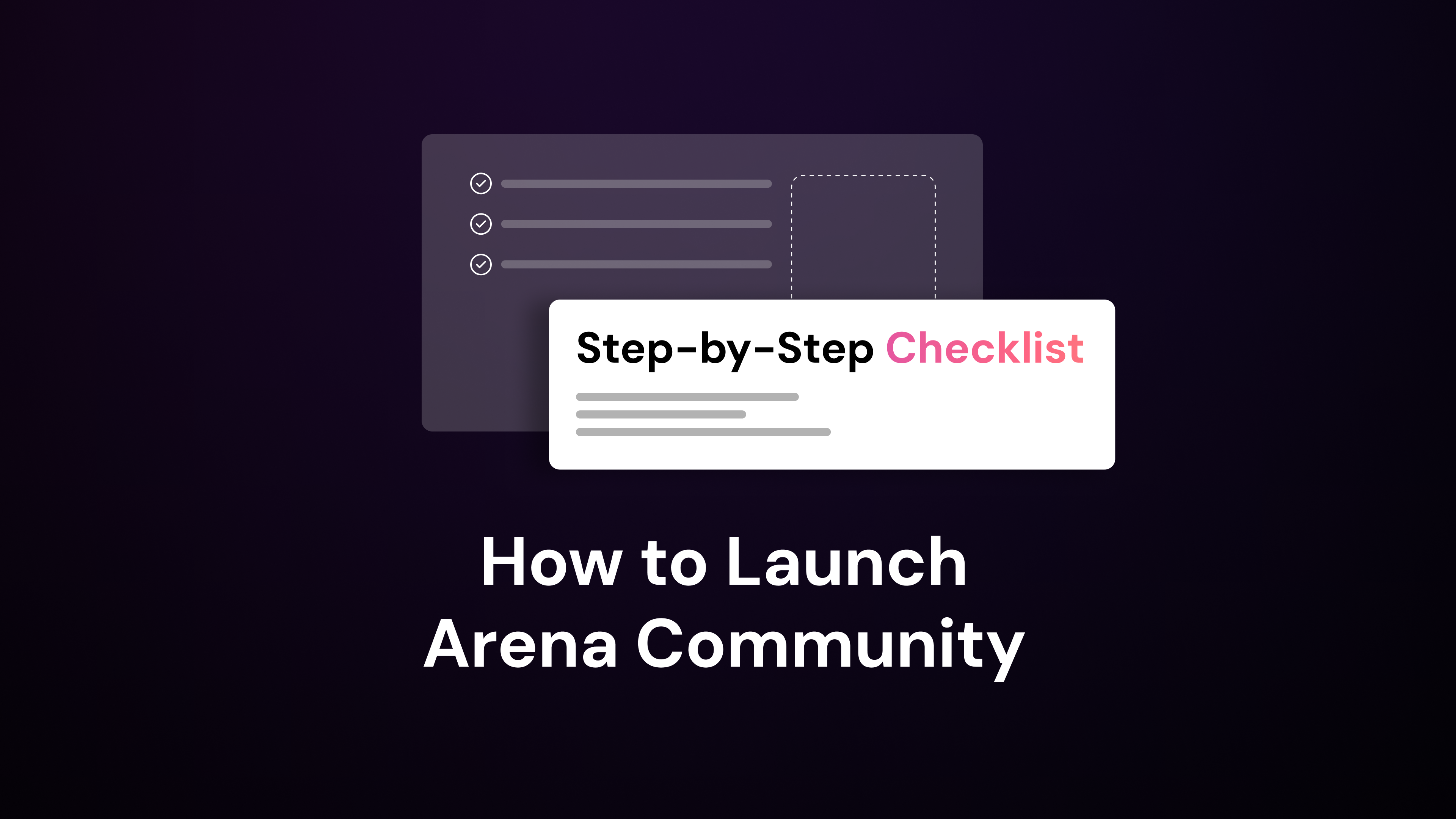When you build anticipation, you set the stage for long-term success. Let’s break down the specific advantages of creating excitement for your retail product launch.
How to Create Excitement for Retail Product Launch in 7 Ways
1. Build Anticipation with Teasers
Proven tactics for growth create an anticipation that can start with teasers. Share sneak peeks of your new product through short videos, images, or cryptic messages. Use your website, email newsletters, and social media platforms to drop hints about the upcoming launch. Teasers should reveal just enough to spark curiosity without giving away too much. This strategy keeps your audience engaged and eager to learn more, setting the stage for a successful launch. For more insights, check out these
2. Leverage Social Media and Influencers
Social media is a powerful tool for generating buzz. Post regular updates about your product launch on platforms like Instagram, Facebook, and Twitter. Use hashtags to increase visibility and encourage user-generated content. Partner with influencers who align with your brand. Influencers can reach a broader audience and lend credibility to your product. They can create posts, stories, and videos showcasing your product, which helps build excitement and trust among their followers. Real-time engagement through real-time audience monitoring can further enhance your social media strategy.
3. Hosting Exclusive Events and Experiences
Exclusive events create a sense of privilege and excitement. Organize launch parties, VIP previews, or special in-store events. Depending on your audience, these events can be physical or virtual. Invite loyal customers, industry influencers, and media representatives. Provide attendees with an immersive experience, such as product demonstrations, interactive sessions, and behind-the-scenes tours. Exclusive events make attendees feel special and generate word-of-mouth buzz.
4. Limited-Time Promotions and Incentives
Limited-time promotions create urgency and drive immediate sales. Offer special discounts, bundles, or exclusive gifts with purchase during the launch period. Highlight the limited availability to encourage quick action. Use countdown timers on your website and social media to remind customers of the promotion’s end date. Limited-time offers not only boost sales but also enhance the perceived value of your product.
5. Create Engaging Content and Storytelling
Engaging content and storytelling captivate your audience. Share the story behind your product, including its inspiration, development process, and unique features. Use blog posts, videos, and social media updates to tell this story. Highlight the benefits and real-life applications of your product. Customer testimonials and case studies add authenticity and relatability. Engaging content keeps your audience interested and invested in your product. Understanding the difference between customer vs audience engagement can help you craft compelling content.
6. Collaborate with Complementary Brands
Collaborations with complementary brands can expand your reach. Partner with brands that share your target audience but offer different products. Joint marketing efforts, such as co-branded campaigns, giveaways, or bundled offers, can attract new customers. These collaborations provide mutual benefits and create a sense of community among your audience. They also introduce your product to potential customers who may not have discovered it otherwise.
7. Provide Exceptional Customer Service
Exceptional customer service enhances the overall launch experience. Ensure your team is well-prepared to handle inquiries, provide detailed product information, and resolve any issues promptly. Offer multiple channels for customer support, including live chat, email, and phone. Personalized service makes customers feel valued and appreciated. Positive interactions during the launch period can lead to repeat business and long-term loyalty.
What are the Best Practices for Product Launches in 2024?
In 2024, staying ahead of the curve is more crucial than ever.
Embrace Technology and Innovation
In 2024, technology and innovation play a significant role in successful product launches. Utilize AI and machine learning to analyze customer data and predict trends. Implement augmented reality (AR) and virtual reality (VR) to offer immersive product experiences. These technologies allow customers to visualize products in their own environment, enhancing their buying confidence. Automation tools streamline marketing efforts, ensuring timely and personalized communication with your audience. Leveraging the latest tech not only improves efficiency but also creates a modern, engaging launch experience.
Prioritize Customer Experience and Personalization
Customer experience remains a top priority. Personalization is key to making customers feel valued. Use data analytics to understand customer preferences and tailor your marketing messages accordingly. Personalized emails, product recommendations, and targeted ads resonate more with customers, increasing engagement and conversion rates. Ensure a seamless shopping experience across all touchpoints, from your website to in-store interactions. Offering exceptional customer service, both online and offline, builds trust and loyalty, making customers more likely to support your new product. Enhance your efforts with data-driven marketing strategies.
Focus on Sustainability and Social Responsibility
Consumers in 2024 are more conscious of sustainability and social responsibility. Highlight your commitment to these values in your product launch. Use eco-friendly materials and sustainable practices in your product development and packaging. Communicate your efforts to reduce your carbon footprint and support ethical causes. Transparency about your sustainability initiatives resonates with environmentally-conscious consumers and differentiates your brand in a crowded market. Social responsibility also involves giving back to the community, which can enhance your brand’s reputation and customer loyalty.
Foster Community and User-Generated Content
Building a community around your brand enhances the excitement of a product launch. Encourage customers to share their experiences and feedback through user-generated content (UGC). Create platforms for customers to connect, share stories, and engage with your brand. UGC not only provides authentic testimonials but also fosters a sense of belonging among your customers. Engage with your community through social media, forums, and live events. Highlighting customer stories and content in your marketing materials adds credibility and creates a more relatable brand image.
How to Measure the Success of a Retail Product Launch?
Understanding how well your product launch performed is crucial for future planning.
Set Realistic Goals and KPIs
Start by defining what success looks like for your product launch. Set specific, measurable goals that align with your business objectives. These goals might include targets for sales, market penetration, or customer acquisition. Identify key performance indicators (KPIs) to track progress. KPIs could include metrics like the number of units sold, website traffic, social media engagement, and customer retention rates. Clear goals and KPIs provide a roadmap for your launch and help you stay focused on what matters most. Stay updated with the latest customer engagement trends to set relevant KPIs.
Track Sales and Revenue
Sales and revenue are direct indicators of your product launch’s success. Monitor daily and weekly sales figures to understand how well your product is performing. Compare these numbers to your pre-launch projections. Look at revenue generated during the launch period and analyze trends. Are sales increasing, decreasing, or staying steady? Identify patterns and consider factors that might influence these trends, such as marketing efforts or external market conditions. Tracking sales and revenue helps you gauge the financial impact of your launch.
Monitor Customer Engagement and Feedback
Customer engagement and feedback offer valuable insights into how your product is being received. Tracking audience engagement help make informed decisions. Track metrics like website visits, time spent on product pages, and social media interactions. High engagement levels indicate strong interest and can lead to higher conversion rates. Collect feedback through surveys, reviews, and direct customer interactions. Pay attention to both positive and negative comments. Positive feedback highlights what you’re doing right, while negative feedback points to areas for improvement. Use this information to make data-driven decisions and refine your product or marketing strategy.
Analyze Market Share and Competitive Landscape
Understanding your market share and competitive position is vital for long-term success. Analyze how your product is performing relative to competitors. Look at market share data to see if you’re gaining or losing ground. Consider factors like pricing, product features, and customer satisfaction. Identify competitors’ strengths and weaknesses and compare them to your own. This analysis helps you understand where you stand in the market and identify opportunities for growth or improvement. It also provides context for your sales and engagement metrics, helping you make more informed decisions.
How Can Arena Help Take Your Retail Product Launch to the Next Level?
Creating excitement for product launches in the retail community requires the right tools and strategies. Arena offers innovative solutions to help you build anticipation, engage your audience, and drive sales. From live chat and content streams to AI-powered tools, our platform provides everything you need to create a buzz and ensure a successful product launch.
Don’t miss out on the opportunity to transform your product launches and foster a loyal community. Discover how Arena can elevate your engagement and boost your sales. Sign up now to experience the benefits of our cutting-edge platform and take your product launches to the next level.



